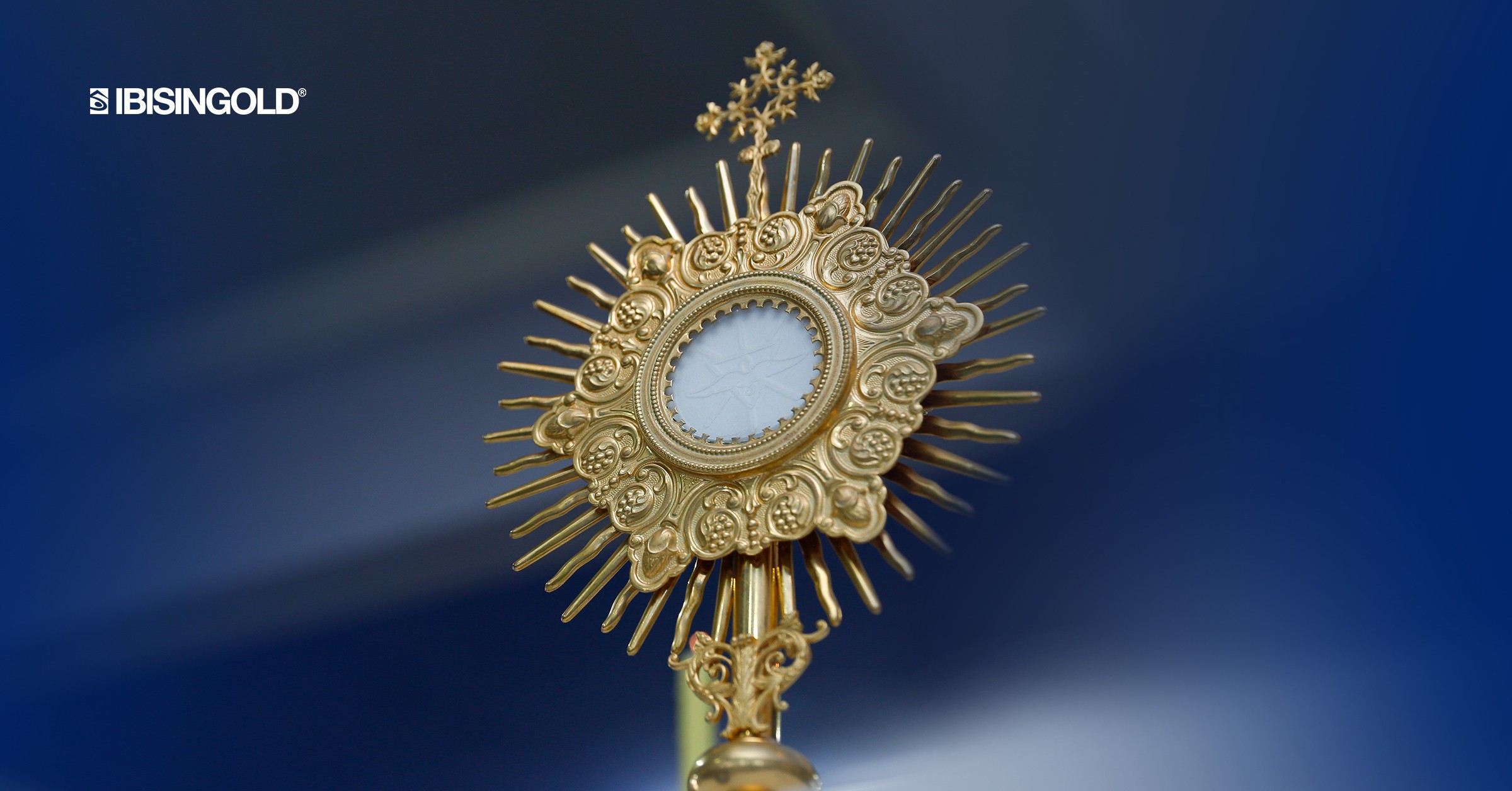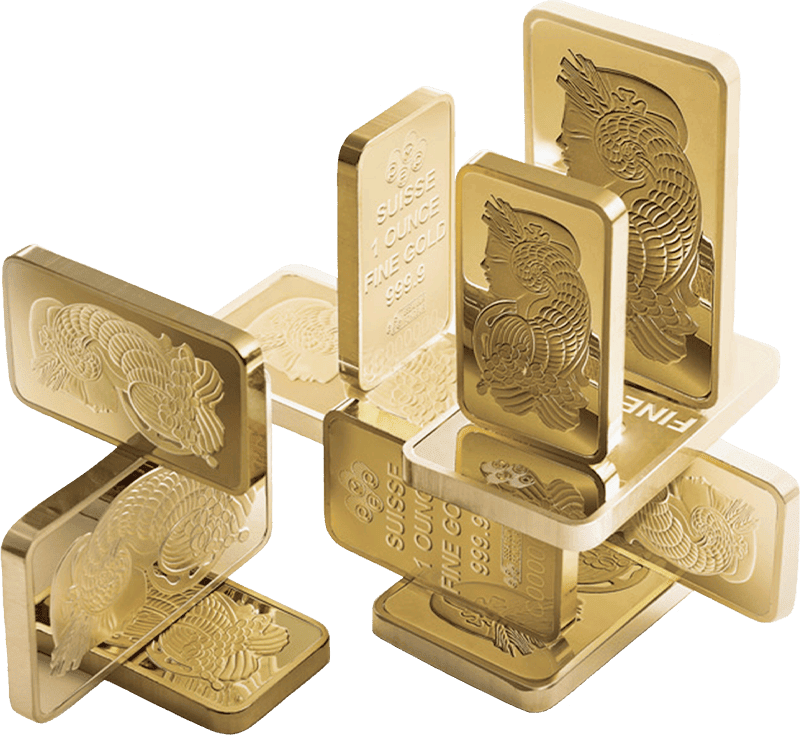
Easter and gold: symbolism and history of how the two are connected
16. 04. 2025Easter is the most important event in the Christian calendar. With Christians celebrating the resurrection of Christ, this is a time for reflection, repentance, and rebirth. As the most precious of metals, gold has long been regarded across various cultures as a symbol of nobility, purity, and divinity. But what significance does gold hold in a historical and religious context for Christians, particularly during this sacred holiday?
Gold in a biblical context and early Christianity
Gold is frequently mentioned in the Bible, where it typically carries symbolic meaning. In the Old Testament, gold symbolised the presence of God, sanctity, and wealth. Early Christianity, which took shape between the first century and 325 CE, continued to embrace these associations, with gold primarily used during temple rituals and worship.
Gold and liturgical vestments
During Easter, priests traditionally wear liturgical vestments, often adorned with golden accents, and for good reason – gold symbolises divine presence and eternal glory. These vestments are designed with an eye to the symbolism of colours, as gold and purple are hues associated with royalty, majesty, and divine power.
Gold in Christian liturgy
Gold also featured in liturgical vessels and objects used during ceremonies, such as chalices, patens (plates for the Eucharist), and cross reliefs, embodying worship and reverence. The first Christian churches and temples were often adorned with golden elements to symbolise God’s presence. Gold reliefs, paintings, and candelabras not only illuminated these sacred places, but also served as symbols of light and divine glory.
While gold’s symbolism of value and sanctity is most strongly associated with Christianity, it is by no means exclusive to it. Throughout history, gold has held significant meaning in various cultures and religions, often as a symbol of divine light, power, and wealth. The ancient Egyptians believed that gold was the food of the gods and used it in funeral rites. In Hinduism, it was seen as a gift from the gods and a symbol of divine light, while Inca religion linked gold with the sun god Inti.
Gold and its symbolism teach us the value of a stable foundation, not just in spiritual terms, but also in our everyday lives. Whether as an investment in physical gold or as a means of building a financial reserve, investment gold can symbolise security and a responsible approach to the future.





